
This year's recipients, announced on Wednesday at the International Congress of Mathematicians in Rio de Janeiro, include one of the youngest ever: Peter Scholze, a professor of mathematics at the University of Bonn who is 30 years old.
Two weeks ago, Peter Woit, a professor at Columbia University who blogs about mathematics and physics, was among those who anticipated that Dr. Scholze would receive the medal. Dr. Woit said Dr. Scholze was "by far the most talented arithmetic geometer of his generation."
By custom, Fields medals are bestowed to mathematicians 40 years old or younger. That means Dr. Scholze would have still been eligible for another two rounds of medals. The medal, first awarded in 1936, was conceived by John Charles Fields, a Canadian mathematician. The youngest winner, Jean-Pierre Serre in 1954, was 27.
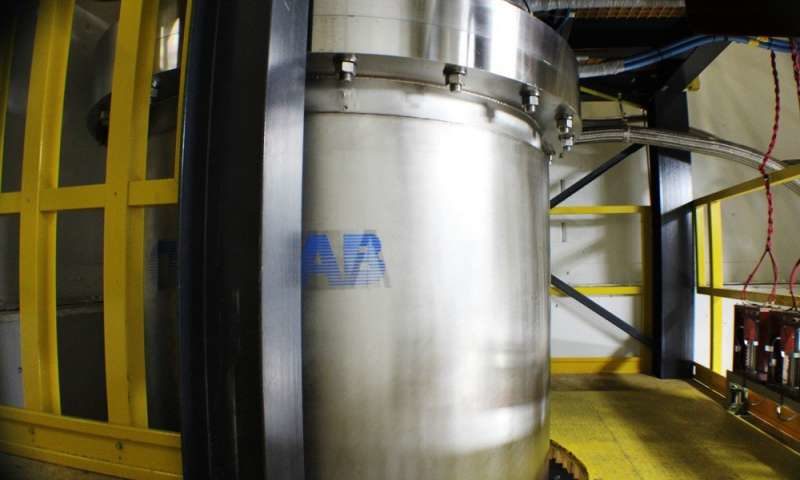



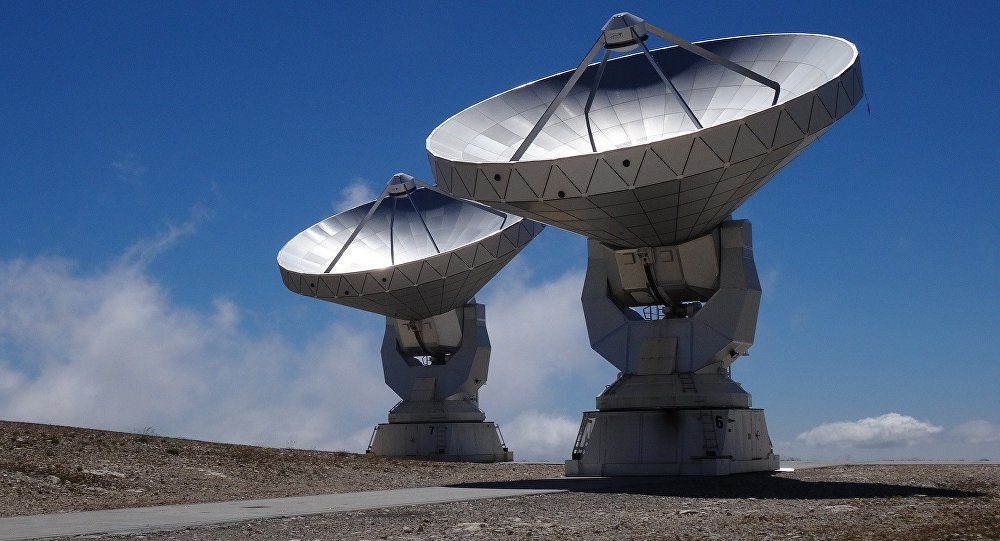
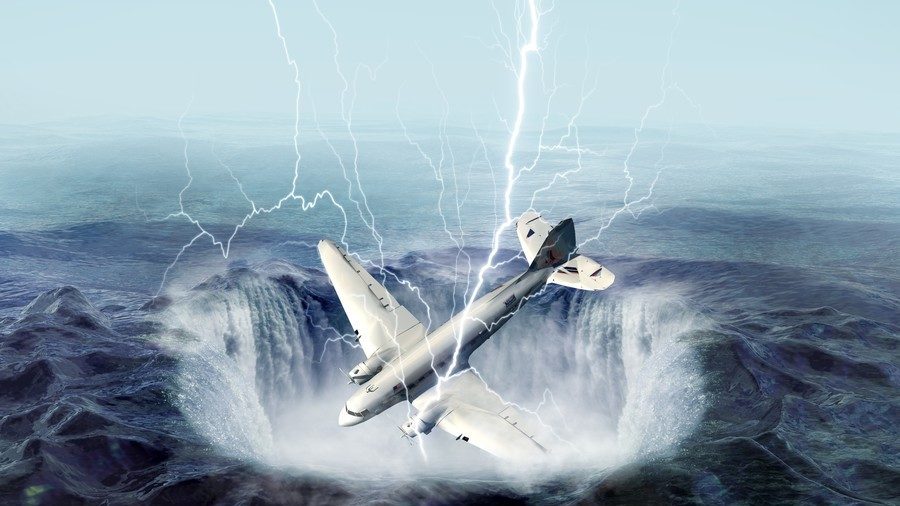
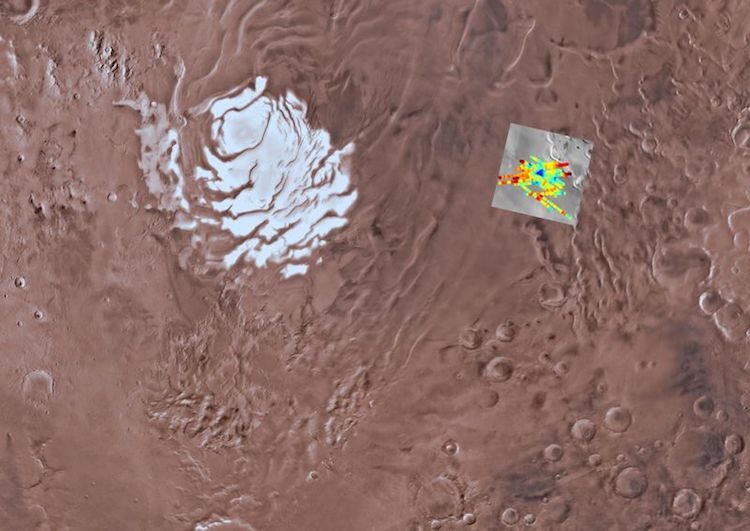

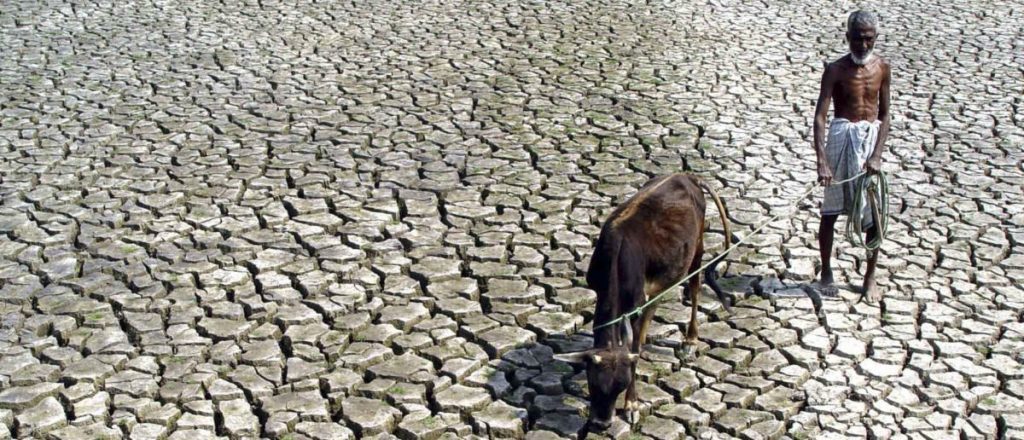



Comment: The evidence suggests that a cataclysmic event 11,500 years ago caused the dramatic climate shifts which resulted in mass extinctions as well as a massive decline in species populations across the board: